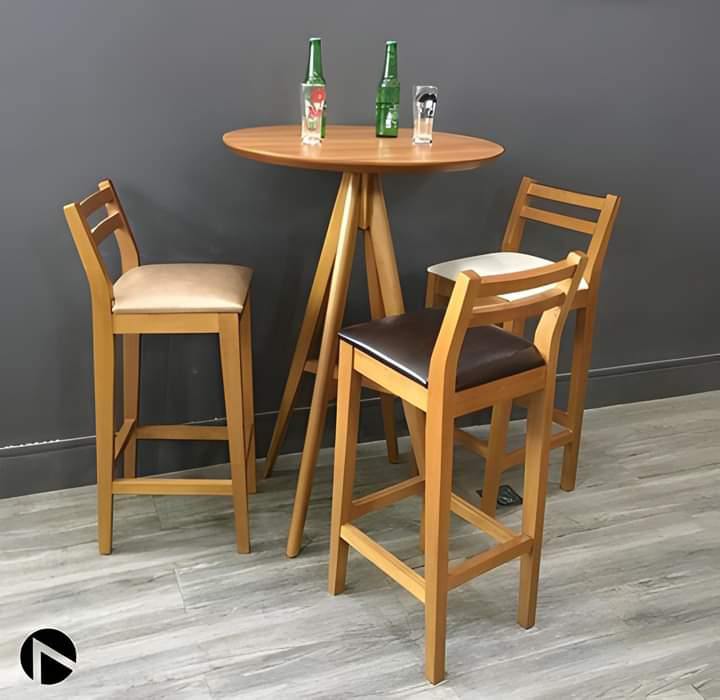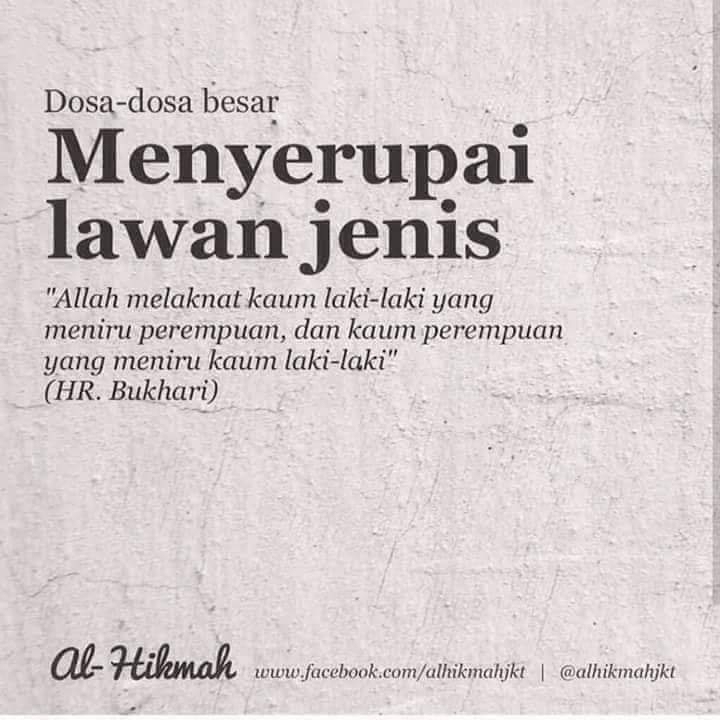Thursday, 31 October 2024
Wednesday, 30 October 2024
Dosa besar dalam Islam
Senarai dosa - dosa besar dalam Islam. Dosa besar sudah pasti membawa keburukan kepada kita dan juga masyarakat sama ada di dunia mahupun di akhirat.
Tuesday, 29 October 2024
Buku perakaun kelayakan Boilerman & Jurutera Stim
Ganti buku fizikal ke slip perakauan digital sebelum 31 Disember 2024

Labels:
DOSH,
JKKP,
Jurutera,
jurutera stim,
Steam Engineer
Subscribe to:
Posts (Atom)































